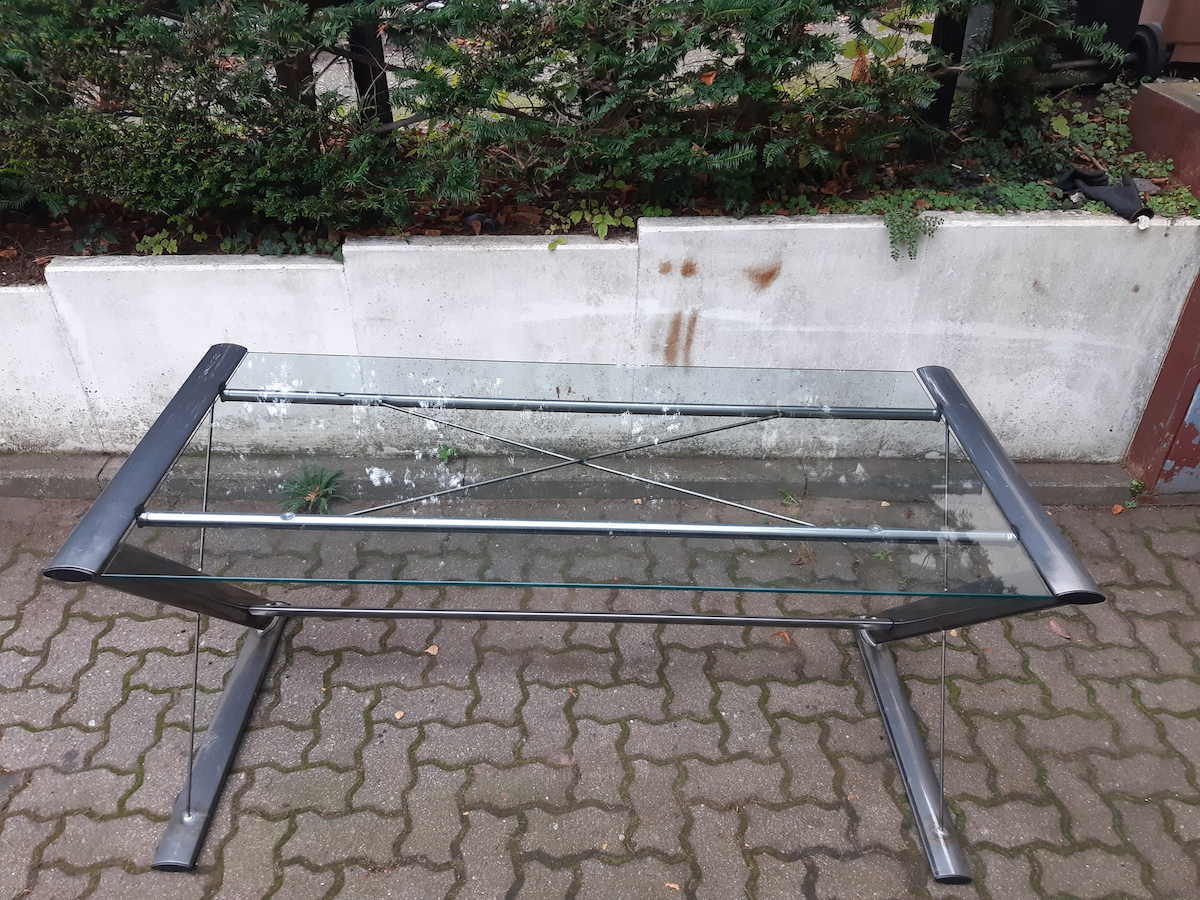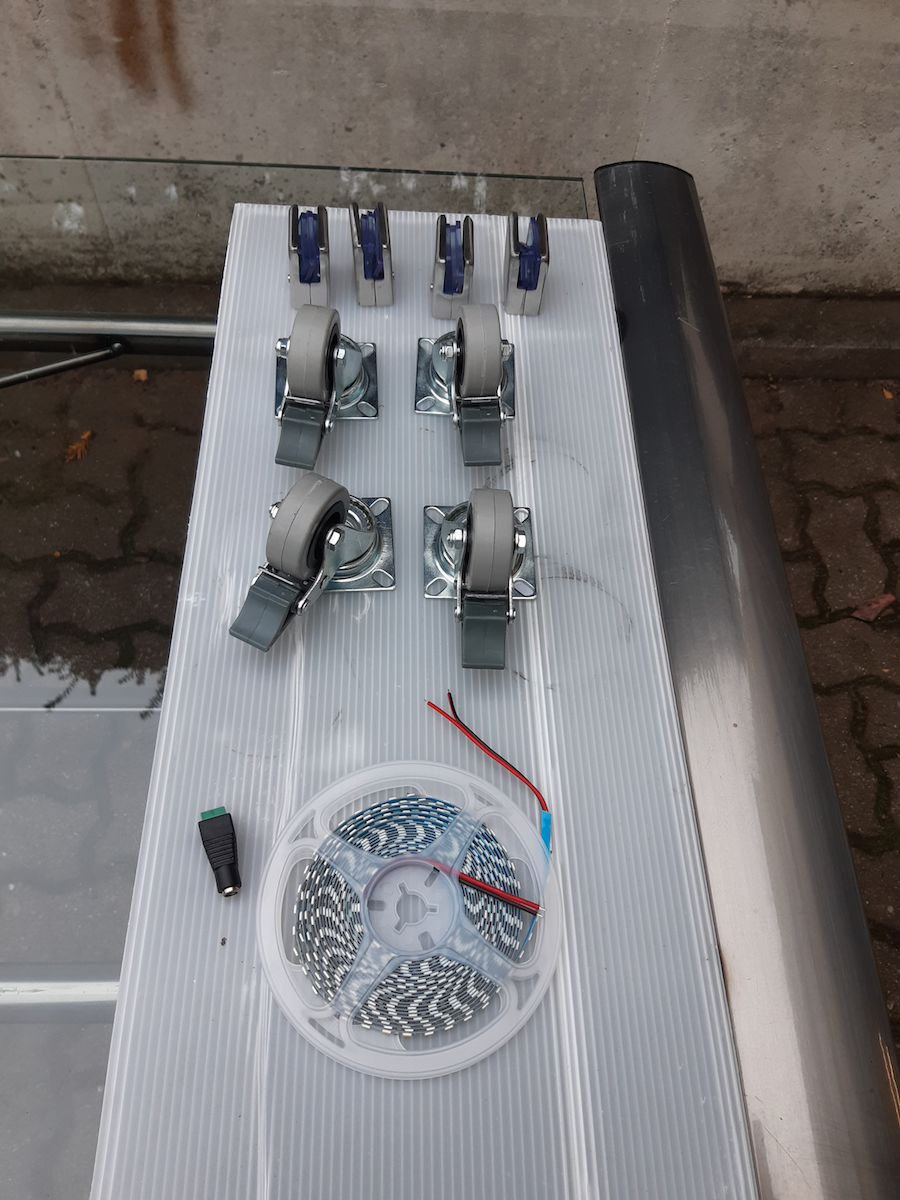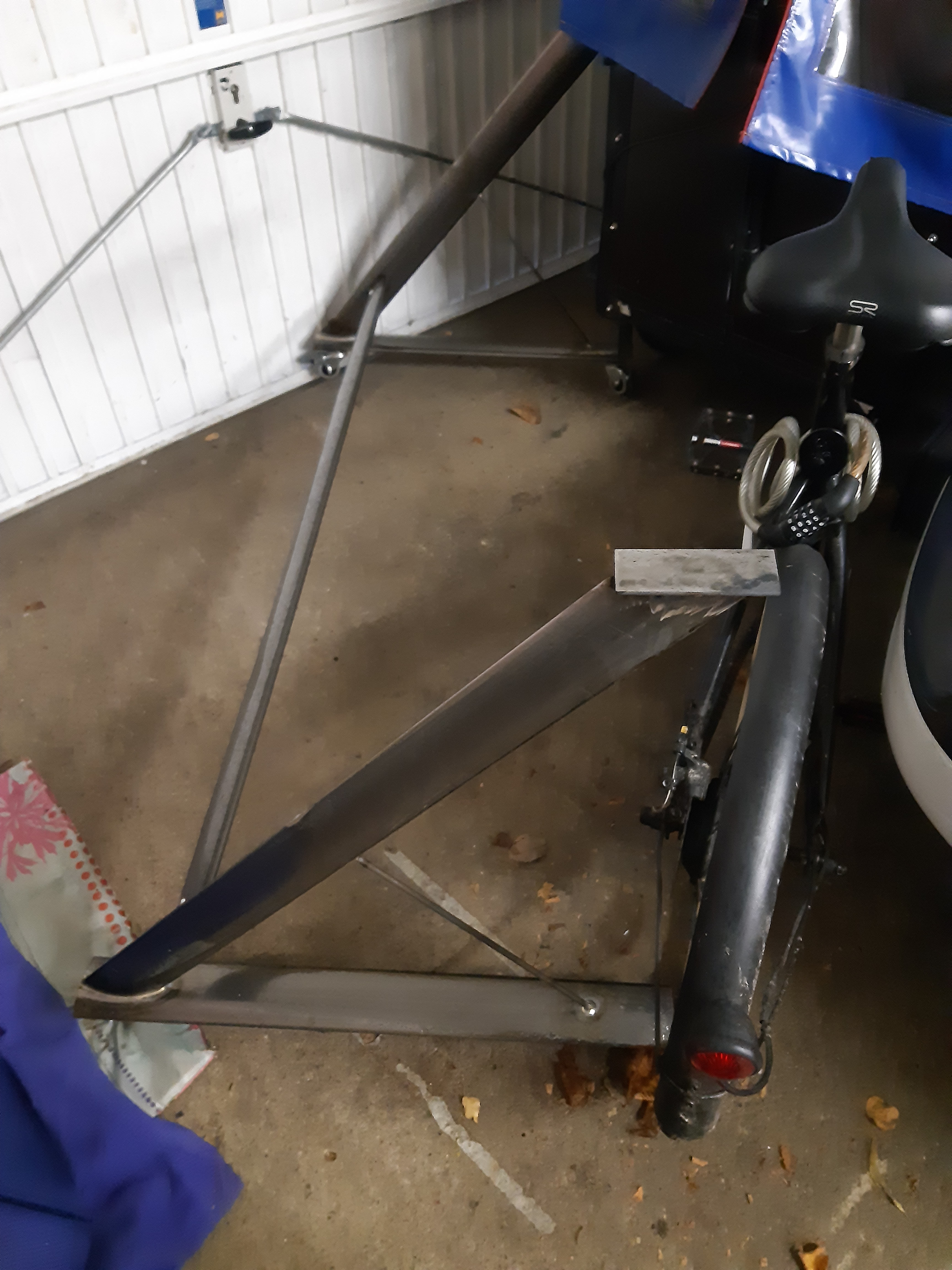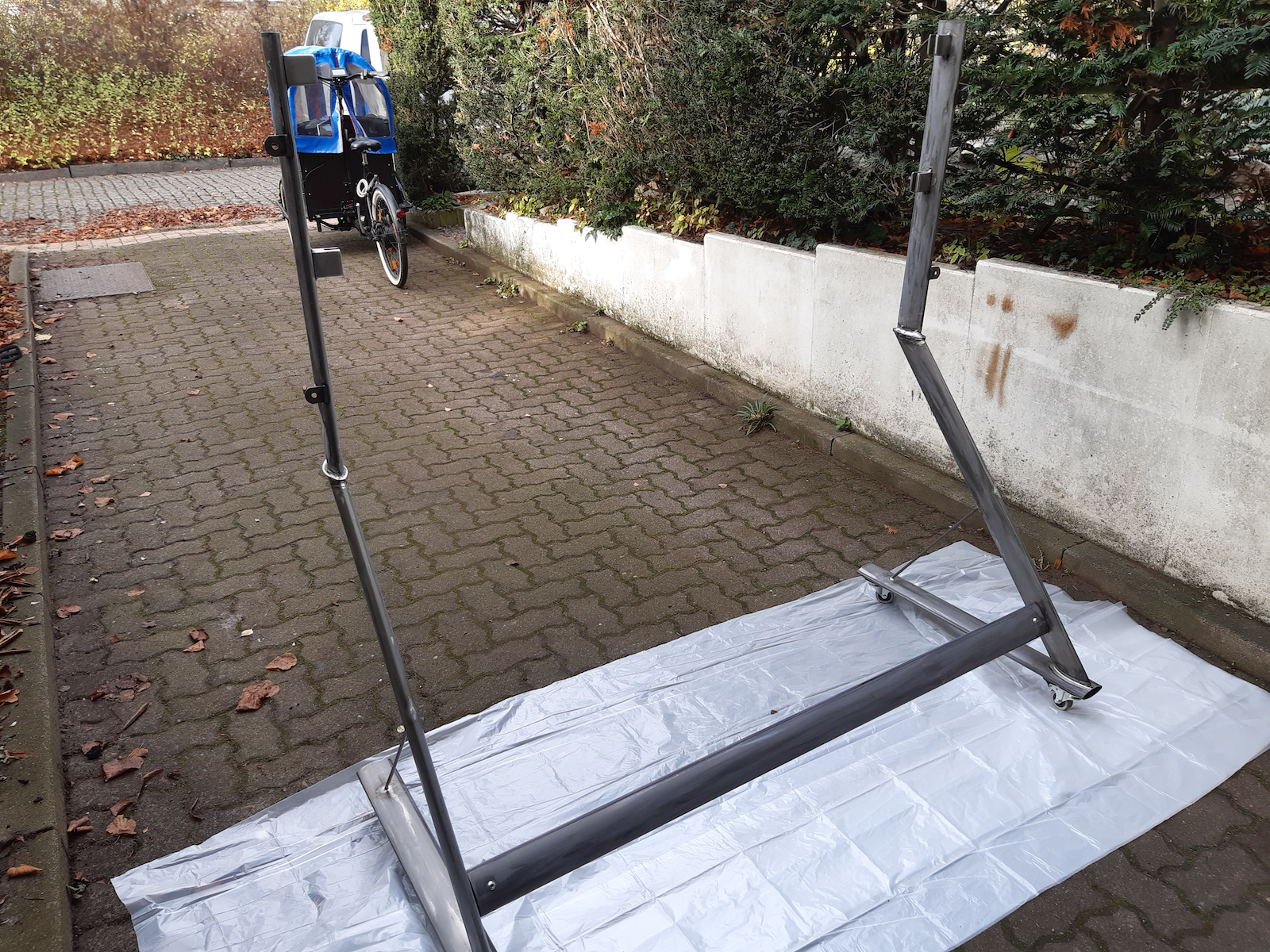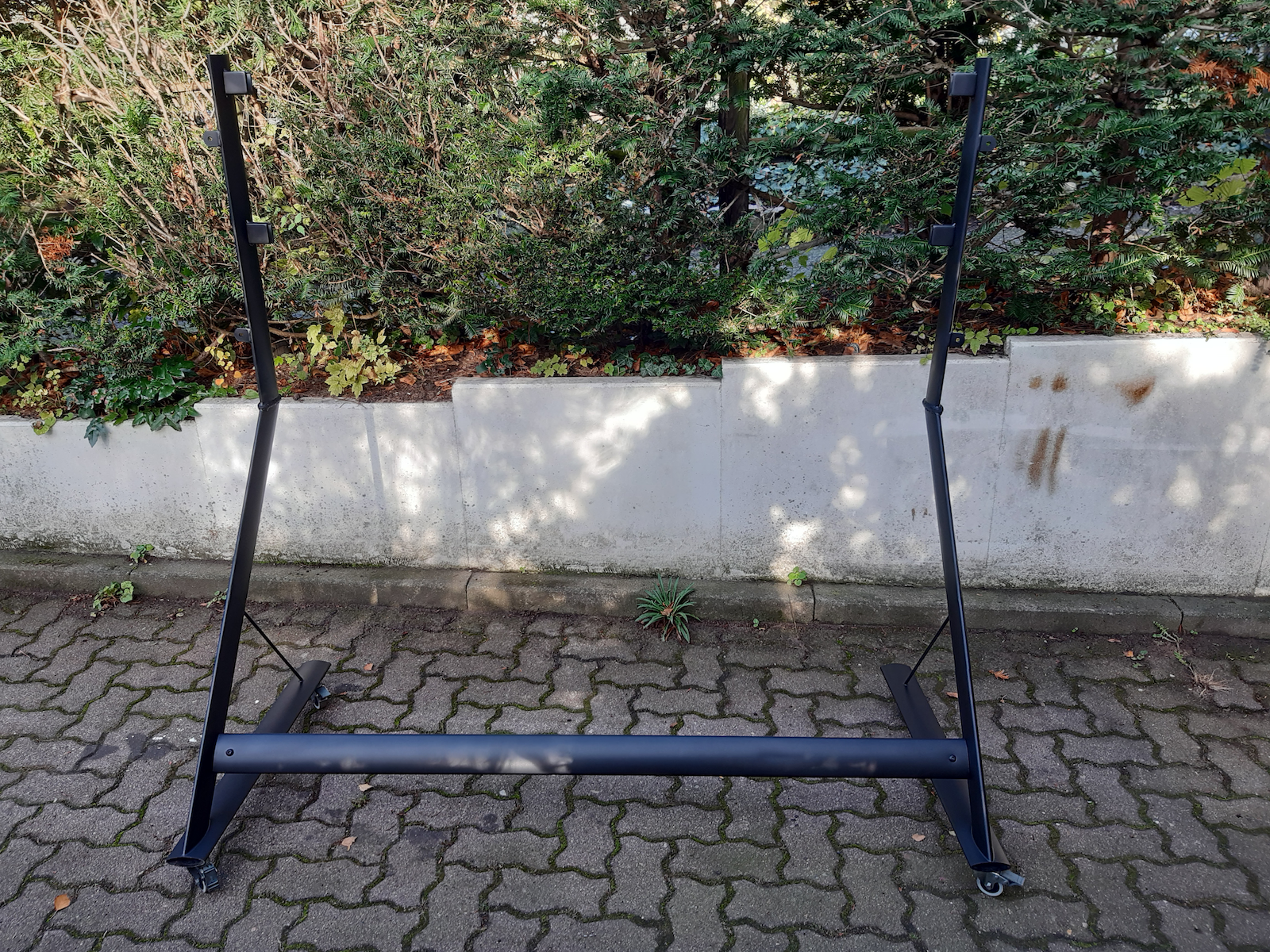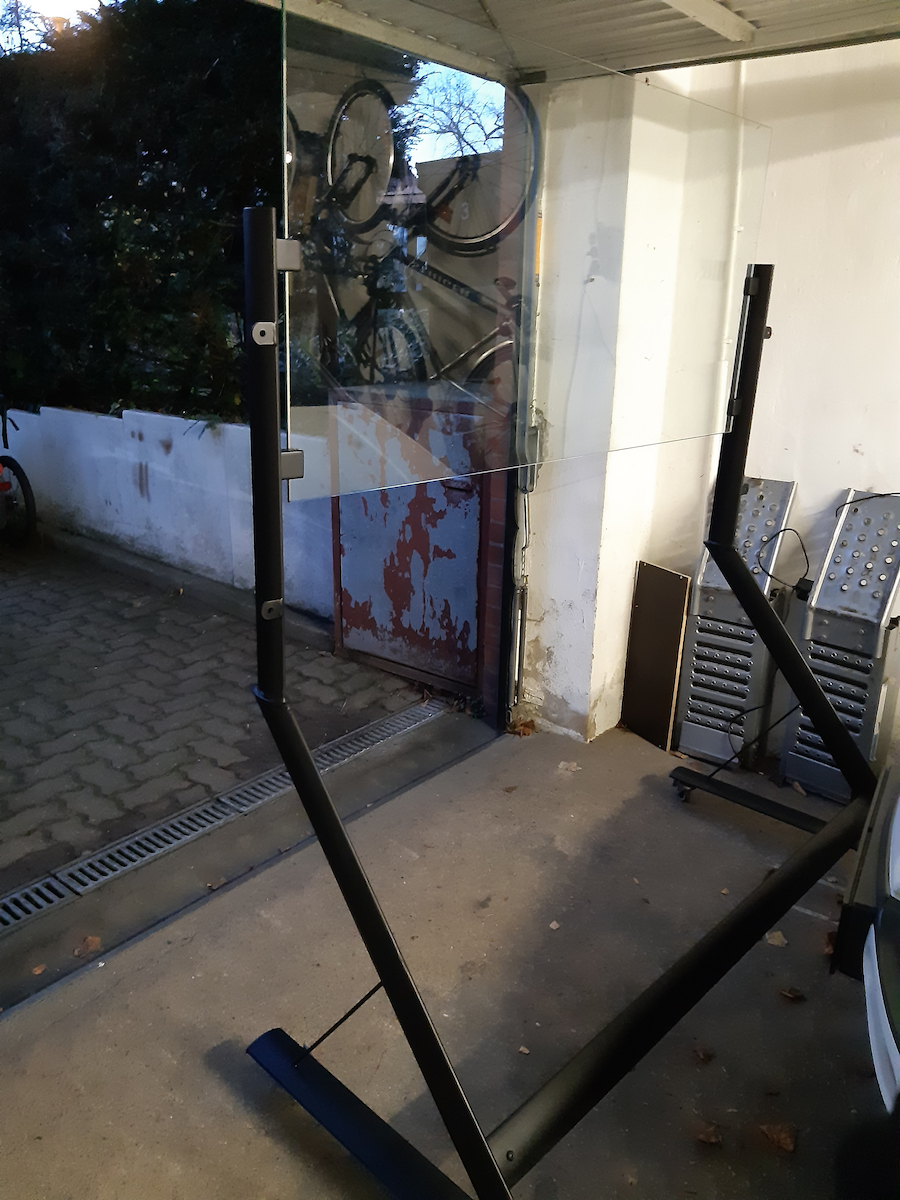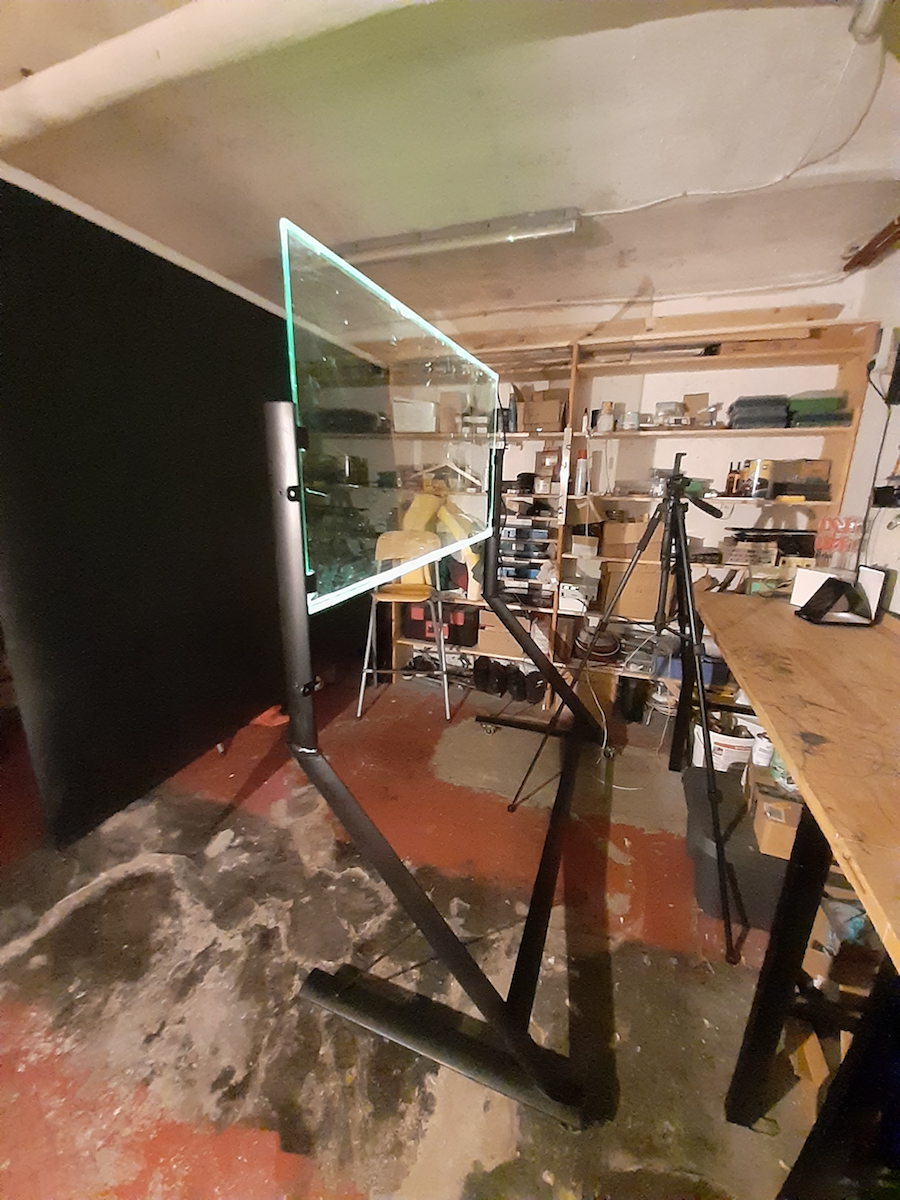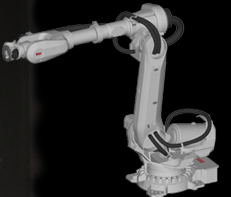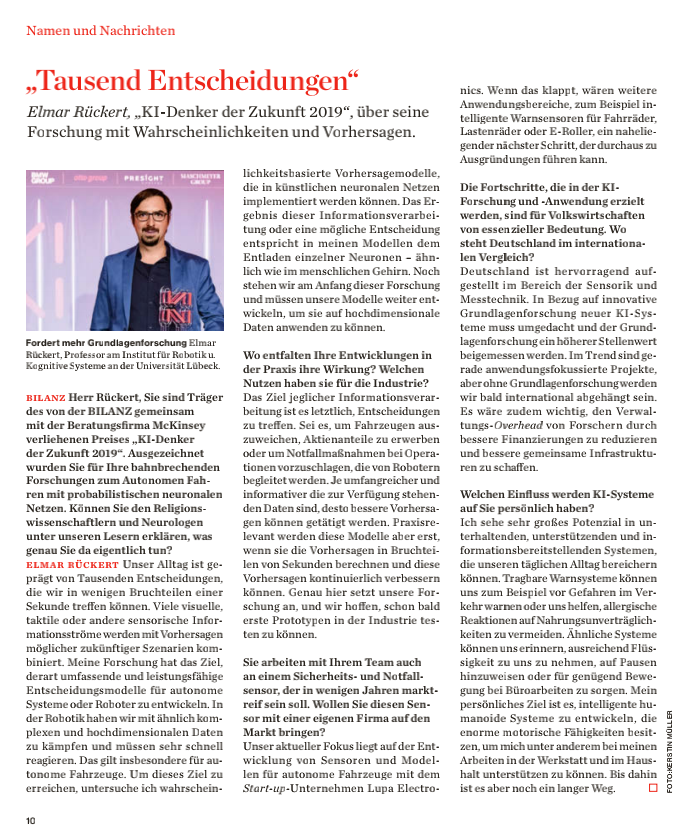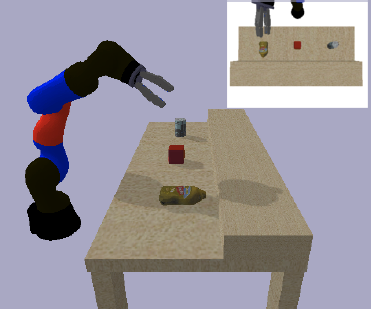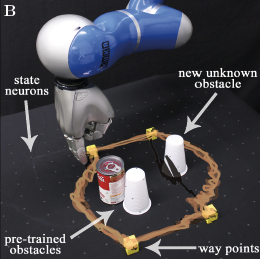1 Secretary – July 1st 2021, RefID: 2106APC
1 Stelle für eine/n halbbeschäftigte/n Sekretär/in am Department Product Engineering – Lehrstuhl Cyber
Physical Systems an der Montanuniversität Leoben ab ehest möglichem Termin in einem unbefristeten
Arbeitsverhältnis Verw.Gr. IIb nach Uni-KV, monatl. Mindestentgelt exkl. Szlg.: 2.023,50 € für 40 Wochenstunden (14xjährlich), tatsächliche Einstufung erfolgt lt. anrechenbarer tätigkeitsspezifischer Vorerfahrung).
Aufgabenbereich
Korrespondenz; Buchhaltungs- und Verrechnungsaufgaben; Tätigkeiten im Zusammenhang mit MU_online und PURE betreffend den Lehrstuhl; Studentenbetreuung; Parteienverkehr; Allgemeine Büro- und Verwaltungstätigkeiten; Büromaterialverwaltung, eigenverantwortliche Führung der Lehrstuhlbibliothek.
Voraussetzungen
Abgeschlossene kaufmännische Ausbildung (Handelsschule oder ähnliches).
Erwünschte Qualifikation
Ausgezeichnete Korrespondenz in deutscher und englischer Sprache; sehr gute EDV-Kenntnisse (MS Office); SAP-Kenntnisse; MUonline-Kenntnisse; Kenntnisse im Bereich der Buchhaltung und des Rechnungswesens, Homepage-Kenntnisse, Selbständiges und genaues Arbeitensowie Einsatzfreude und Organisationsgeschick.
Männliche Bewerber nur nach abgeschlossenem Präsenz-/Zivildienst.
Bewerbung und Unterlagen
Application deadline: June 30th, 2021
Online Bewerbung auf: Montanuniversität Leoben Homepage (unter dem Kürzel 2106APC)
Die Montanuniversität Leoben strebt eine Erhöhung des Frauenanteiles an und fordert deshalb qualifizierte Frauen ausdrücklich zur Bewerbung auf. Frauen werden bei gleicher Qualifikation wie der bestgeeignete Mitbewerber vorrangig aufgenommen.

